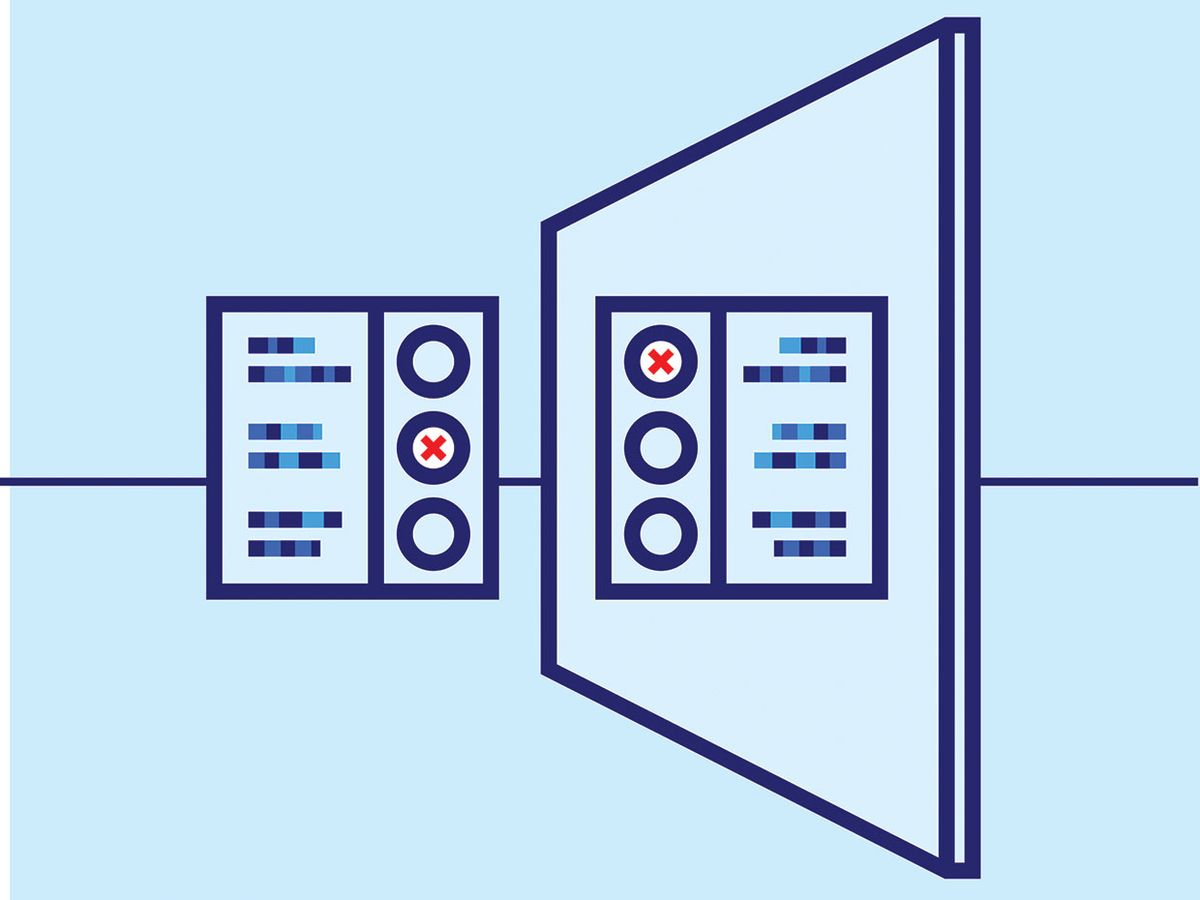Election experts were already concerned about the security and accuracy of the 2020 U.S. presidential election. Now, with the ongoing COVID-19 pandemic and the new risk it creates for in-person voting—not to mention the debate about whether mail-in ballots lead to voter fraud—the amount of anxiety around the 2020 election is unprecedented.
“Elections are massively complicated, and they are run by the most OCD individuals, who are process oriented and love color coding,” says Monica Childers, a product manager with the nonprofit organization VotingWorks. “And in a massively complex system, the more you change things, especially at the last minute, the more you introduce the potential for chaos.” But that’s just what election officials are being forced to do.
Most of the conversation around election security focuses on the security of voting machines and preventing interference. But it’s equally important to prove that ballots were correctly counted. If a party or candidate cries foul, states will have to audit their votes to prove there were no miscounts.
VotingWorks has built an open-source vote-auditing software tool called Arlo, and the organization has teamed up with the U.S. Cybersecurity and Infrastructure Security Agency to help states adopt the tool. Arlo helps election officials conduct a risk-limiting audit [PDF], which ensures that the reported results match the actual results. And because it’s open source, all aspects of the software are available for inspection.
There are actually several ways to audit votes. You’re probably most familiar with recounts, a process dictated by law that orders a complete recounting of ballots if an election is very close. But full recounts are rare. More often, election officials will audit the ballots tabulated by a single machine, or verify the ballots cast in a few precincts. However, those techniques don’t give a representative sample of how an entire state may have voted.
This is where a risk-limiting audit excels. The audit takes a random sample of the ballots from across the area undergoing the audit and outlines precisely how the officials should proceed. This includes giving explicit instructions for choosing the ballots at random (pick the fourth box on shelf A and then select the 44th ballot down, for example). It also explains how to document a “chain of custody” for the selected ballots so that it’s clear which auditors handled which ballots.
The random-number generator that Arlo uses to select the ballots is published online. Anyone can use the tool to select the same ballots to audit and compare their results. The software provides the data-entry system for the teams of auditors entering the ballot results. Arlo will also indicate how likely it is that the entire election was reported correctly.
The technology may not be fancy, but the documentation and attention to a replicable process is. And that’s most important for validating the results of a contested election.
Arlo has been tested in elections in Michigan, Ohio, Pennsylvania, and a few other states. The software isn’t the only way a state or election official can conduct a risk-limiting audit, but it does make the process easier. Childers says Colorado took almost 10 years to set up risk-limiting audits. VotingWorks has been using Arlo and its staff to help several states set up these processes, which has taken less than a year.
The upcoming U.S. election is dominated by partisanship, but risk-limiting audits have been embraced by both parties. So far, it seems everyone agrees that if your vote gets counted, the government needs to count it correctly.
This article appears in the October 2020 print issue as “Making Sure Votes Count.”
Stacey Higginbotham writes “Internet of Everything,” Spectrum’s column about how connected devices shape our lives. Tech writer Higginbotham enjoys covering the Internet of Things because the topic encompasses semiconductors, wireless networks, and computing hardware. She alsopublishes a weekly newsletter called Stacey Knows Things and hosts The Internet of Things Podcast. Higginbotham figures she has at least 60 IoT gadgets in her Austin, Texas, home, and she admits, “Frankly, I hate keeping it all up and running.”



